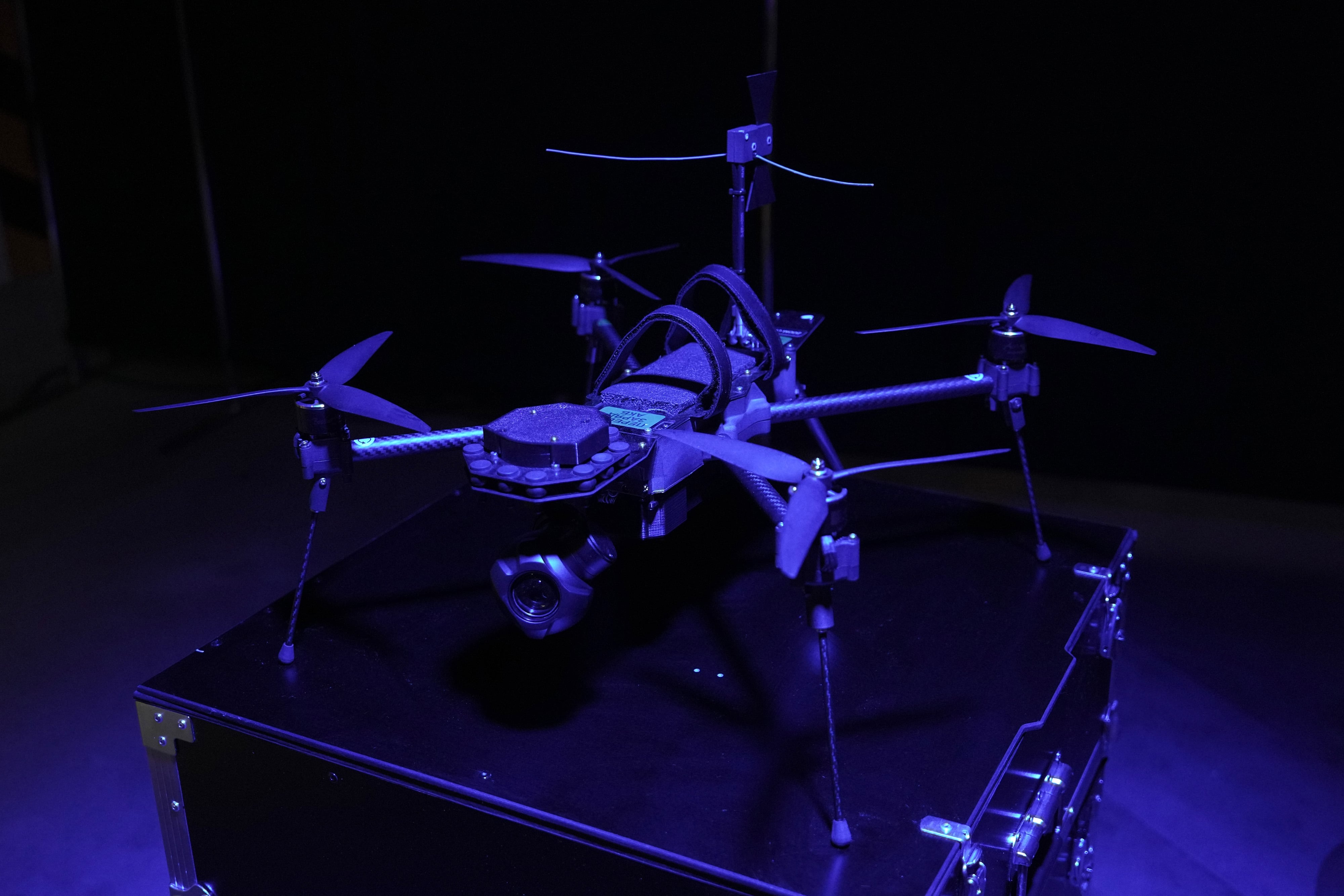Lockheed Martin's AN/TPQ-53 counterfire radar has demonstrated a capability to identify and track UAVs, passing that information to friendly command centers.
The test occurred during the Army's recent Maneuver Fires Integration Experiment (MFIX) at Fort Sill, Oklahoma.
"In the demonstration, the Q-53 radar showed it can be readily adapted to provide both air surveillance and counter fire target acquisition in one tactical sensor," a Lockheed Martin news release said. "The radar identified and tracked several unmanned aerial systems and provided data to Forward Area Air Defense Command and Control. Simultaneously, the Q-53 radar performed its original mission by providing accurate targeting data on rockets, artillery and mortars, providing a multimission radar (MMR) capability."
The Q-53 is solid-state, phased-array radar that determines the location of indirect enemy fire.
"The demonstration showed that the Q-53 radar can provide soldiers in combat real time awareness of air threats," Lockheed Martin Q-53 program director Rick Herodes said. "The inherent flexibility of the Q-53's active electronically scanned array (AESA) hardware architecture allows us to constantly evolve the Q-53's software to deal with emerging threats."
Michael Peck is a correspondent for Defense News and a columnist for the Center for European Policy Analysis. He holds an M.A. in political science from Rutgers University. Find him on X at @Mipeck1. His email is mikedefense1@gmail.com.








